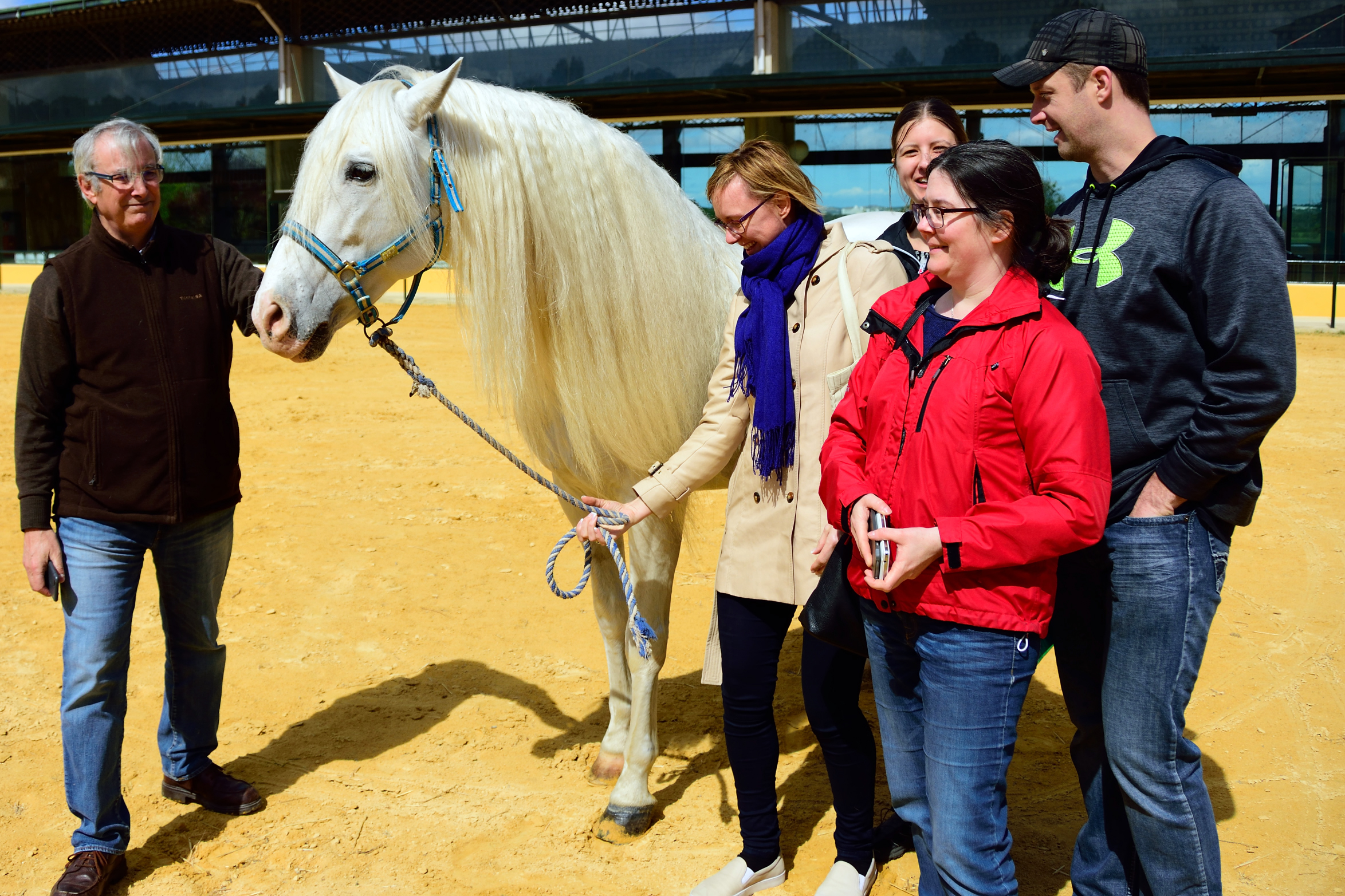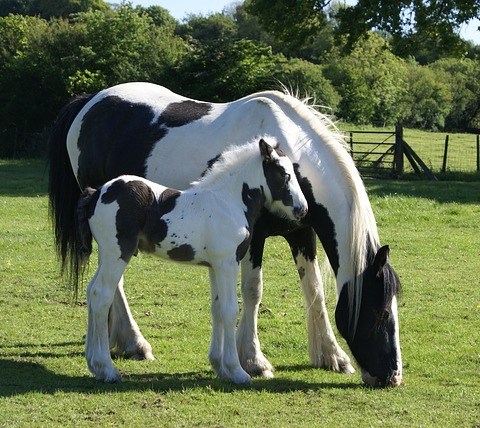May 27-June 6, 2018
Study visit and sampling in Iceland

We can see the great variation in length of both forelock and mane in Icelandic horses
In Iceland we visited breeders and the breeding show in Selfoss and Sprettur. We also met our international collaborators Elsa Albertsdóttir and Þorvaldur Kristjánsson. They informed us about the breeding history and how mane and tail and other traits are assessed at the breeding field tests.
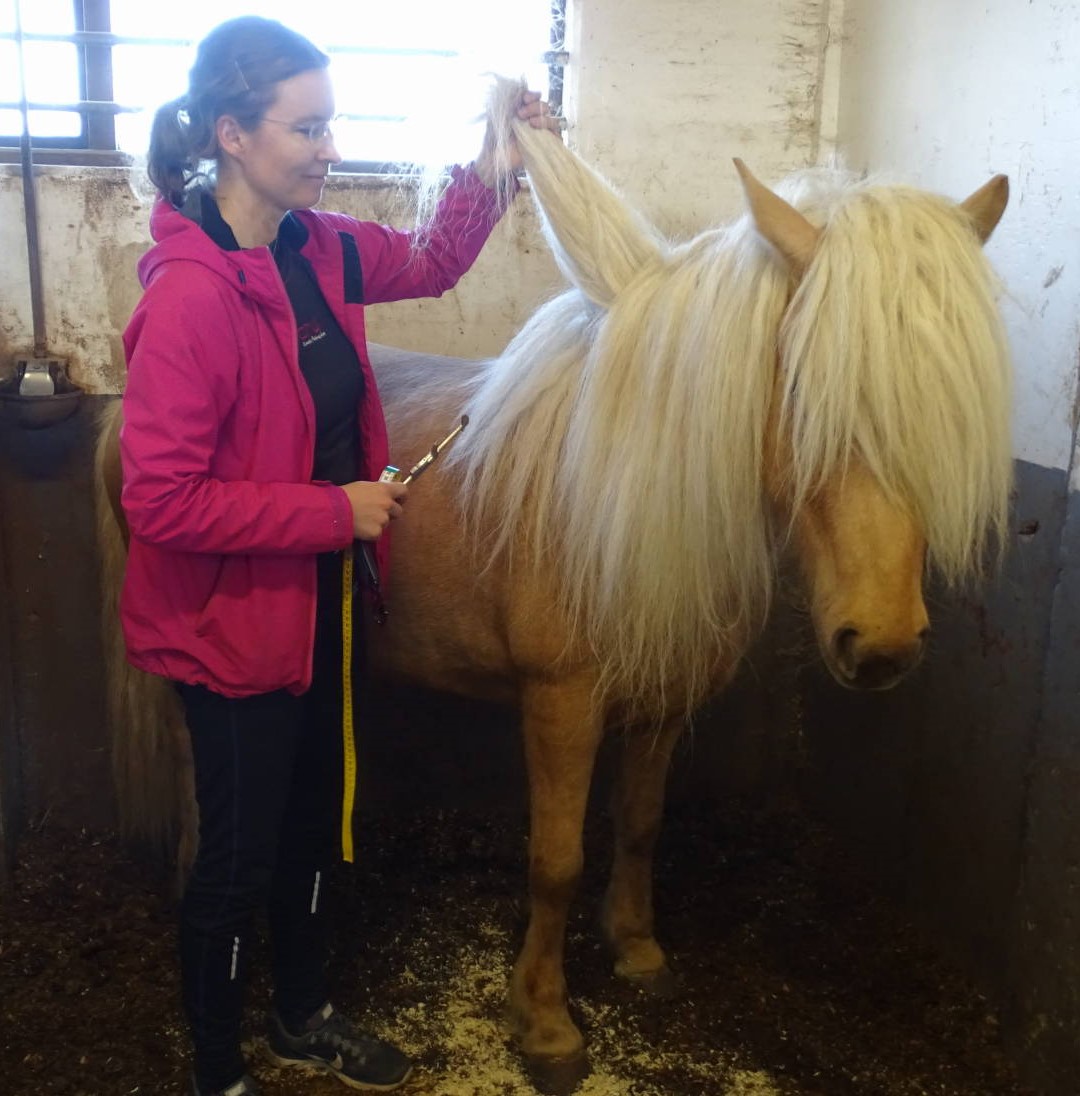
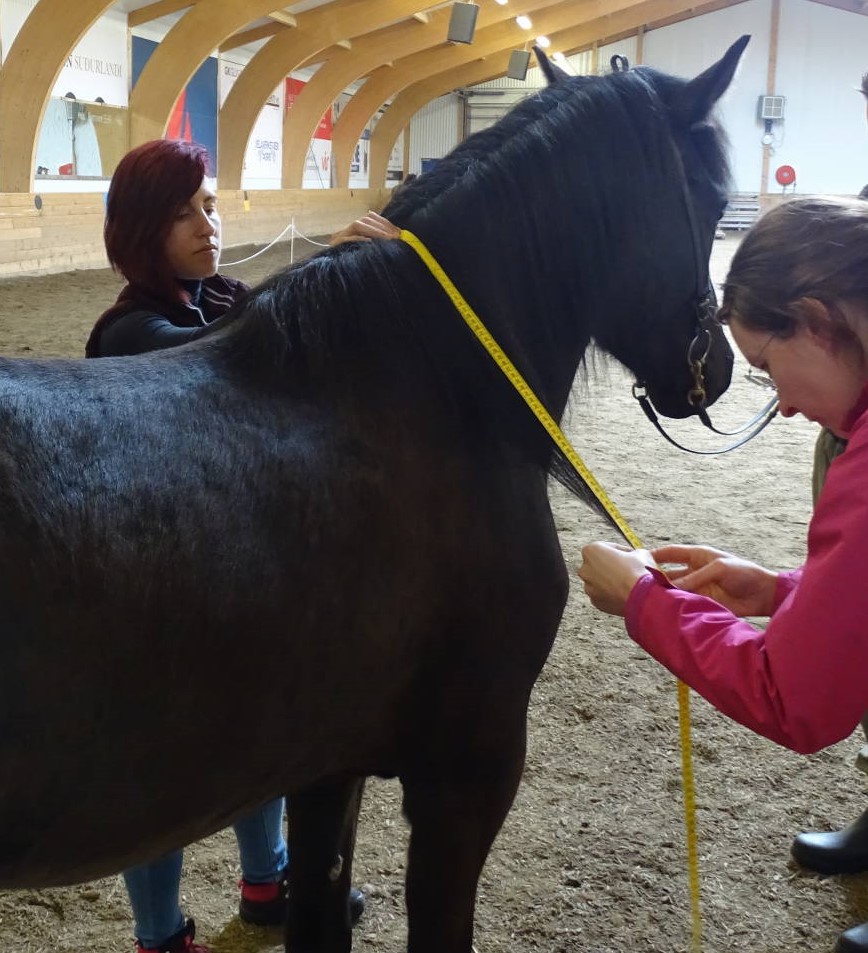
We sampled and measured many Icelandic horses
We are very grateful to all breeders and horse owners in both Sweden and Iceland for letting us measure mane and tail in your horses. Also thank you all horse owners that have sent hair samples from your horses. You can still send us samples, we are especially looking for more stallions or geldings with the short type of forelock as well as mares with long forelock! The first results of the genomic scan in Icelandic horses will be presented later this year or in the beginning of next year.
February-June 2018
We have continued to sample and measure Icelandic horses in Sweden and Iceland
We have visited trainers and breeders in Sweden. We have been to the breeding show in Romme and will also visit the breeding show in Axevalla.
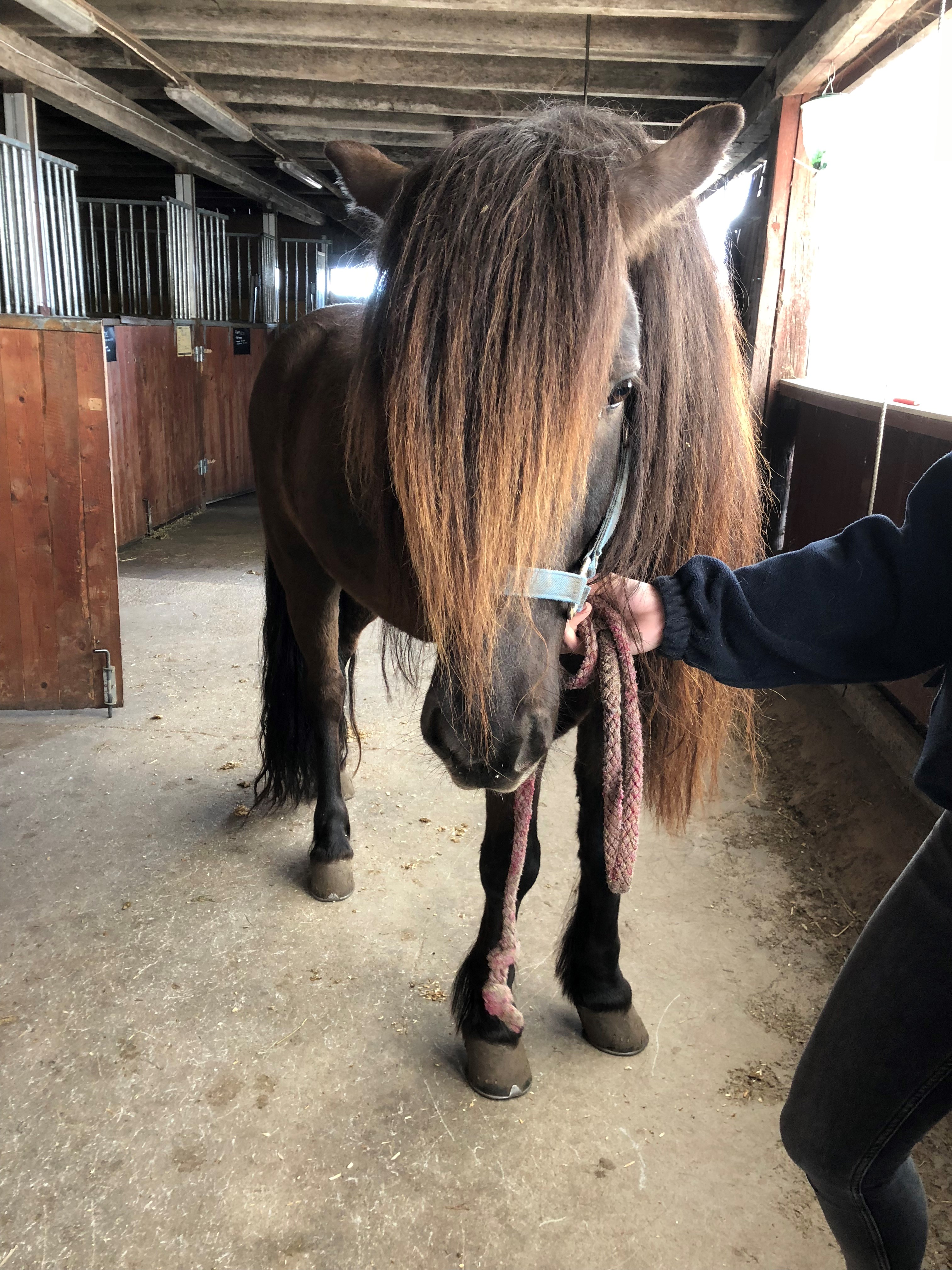
One stallion with very long mane and forelock that we measured is Viking från Berget
January 2018
Sample collection and direct measurements on mane and tail in Icelandic horses
We are looking for more Icelandic horses that we can measure. The horses should have individual scores on mane and tail from breeding evaluation and we search for the extremes, horses with low points (5-6.5) or high points (9-10). In stallions we also include 7.0 as a low point and in mares 8.5 as a high point because the point distribution is different in stallions and mares. Please contact us if you have a horse that we can measure. E-mail: maria.rosengren@slu.se
November 19-25, 2017
Sample collection from Andalusian horses in Spain
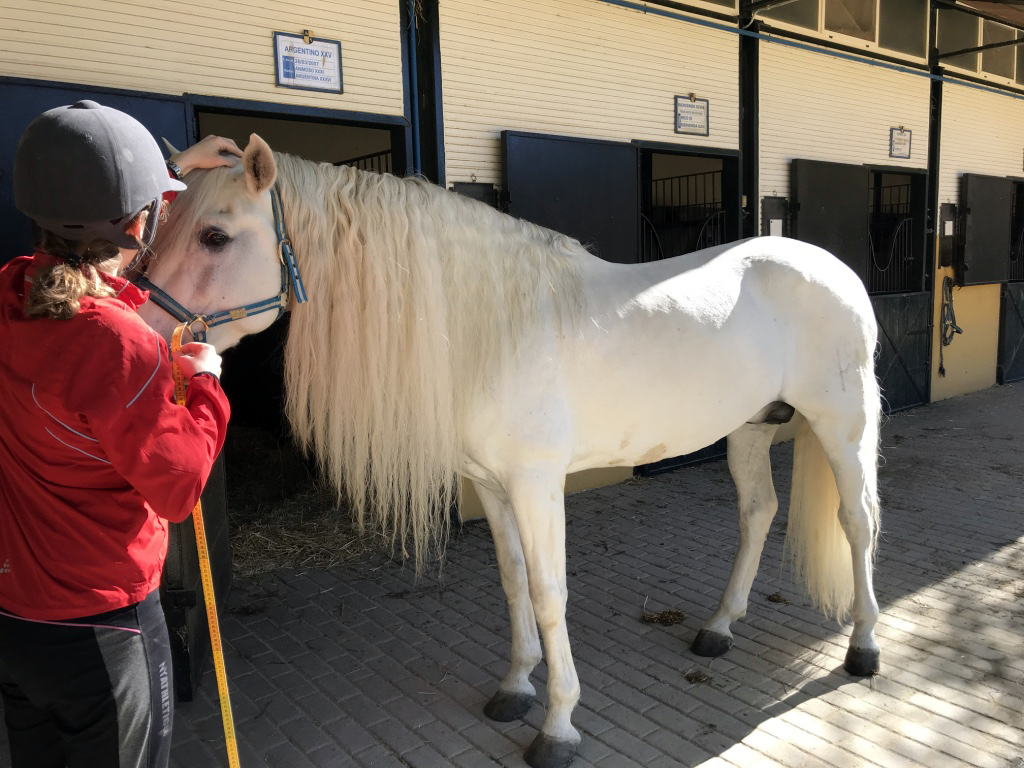
Sample collection and direct measurements of mane and tail in Andalusian horses.
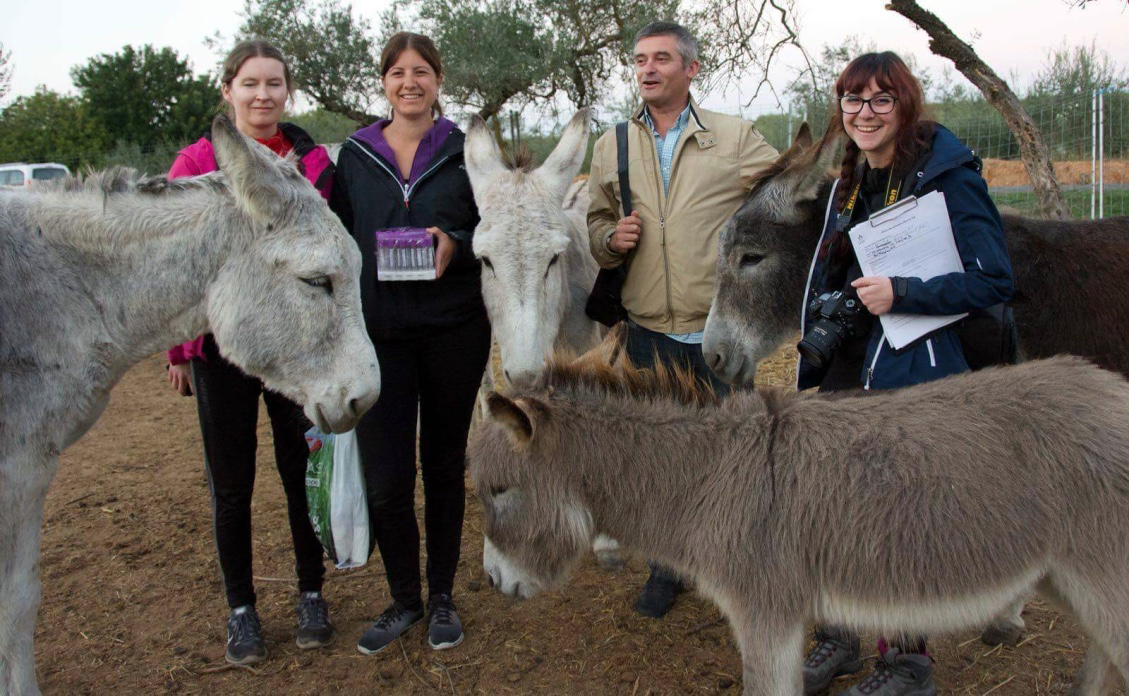
We also sampled donkeys which will be analysed to compare with the original (ancestral) genetic variant.
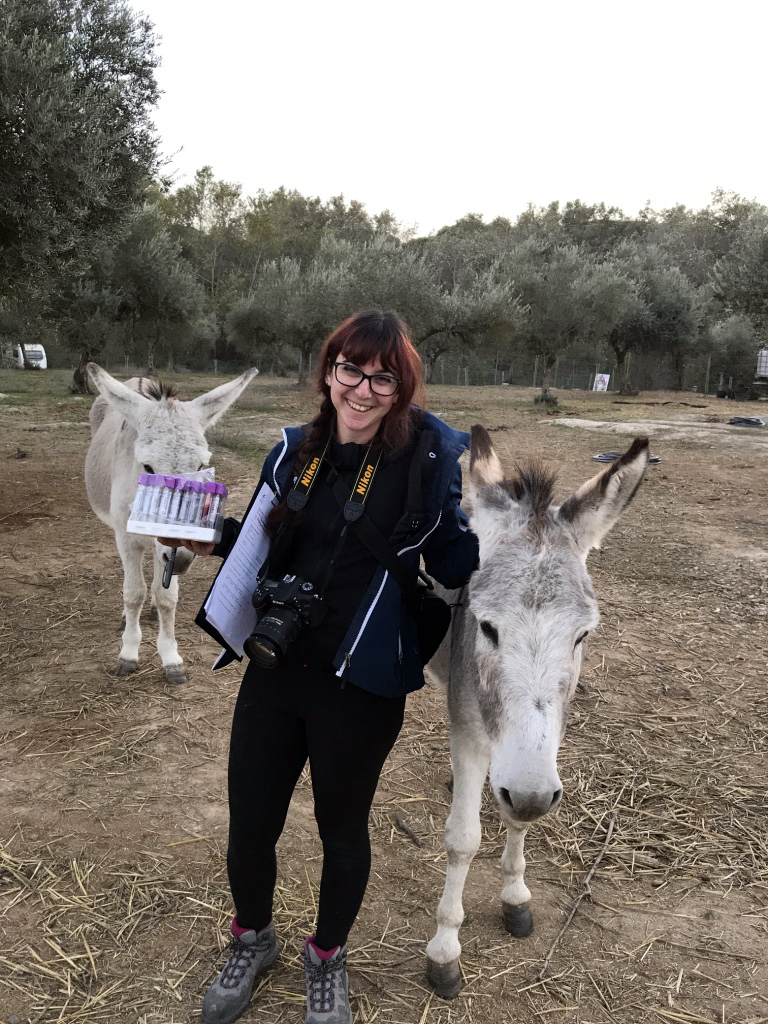
Donkeys all display short, stiff and upright manes and they carry the original (ancestral) genetic variant.
November 17, 2017
Semi-annual project meeting at Estación Biológica de Doñana (CSIC) Sevilla in Spain
September 2017
Sample collection and evaluation of estimated breeding values (EBVs) and points for mane and tail in Icelandic horses
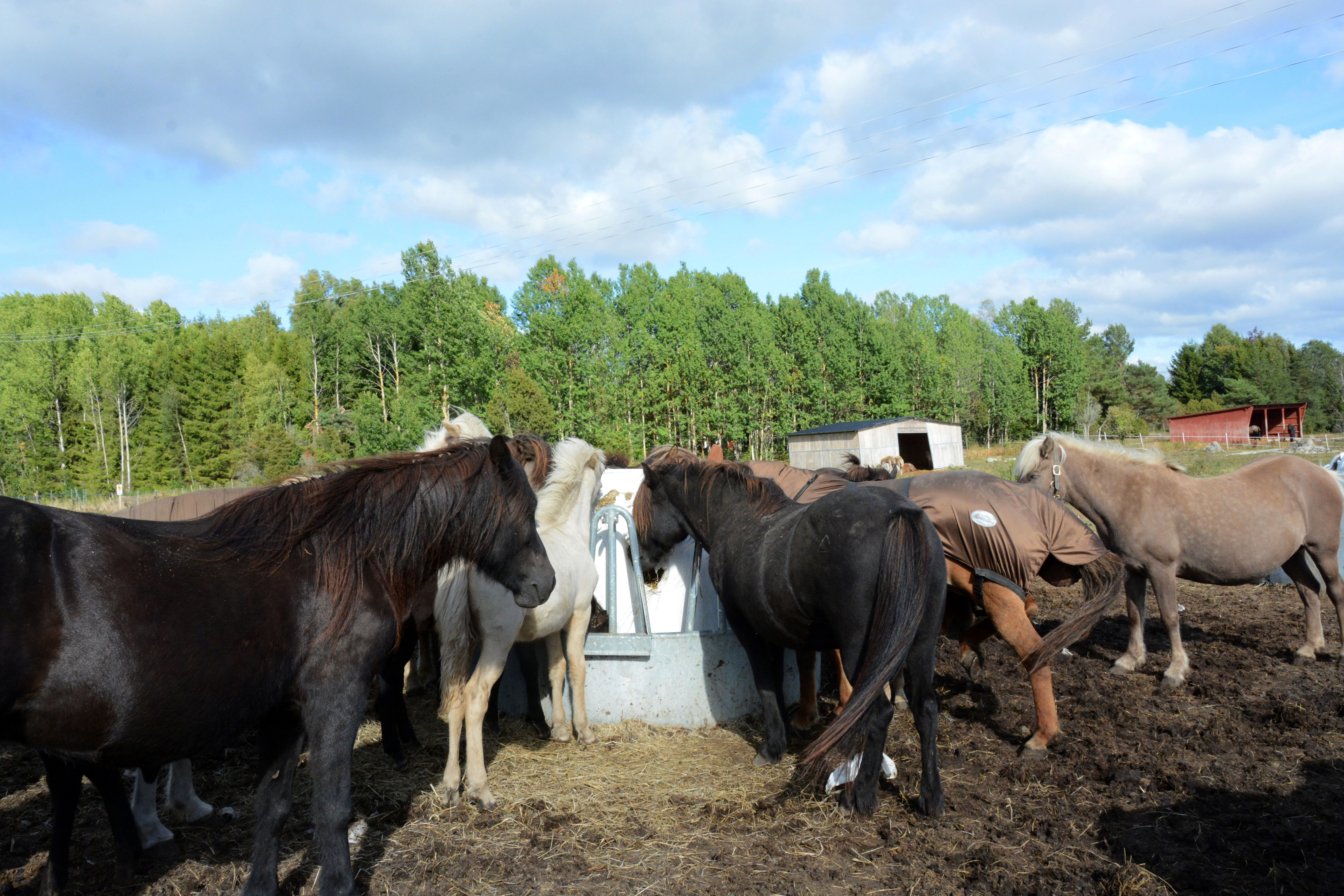
August 19, 2017
Sample collection started
Sampling at the breeding evaluation and the national show for Tinker horses in Björklinge Sweden.



June 19-21, 2017
Semi-annual project meeting at SLU Uppsala, Sweden
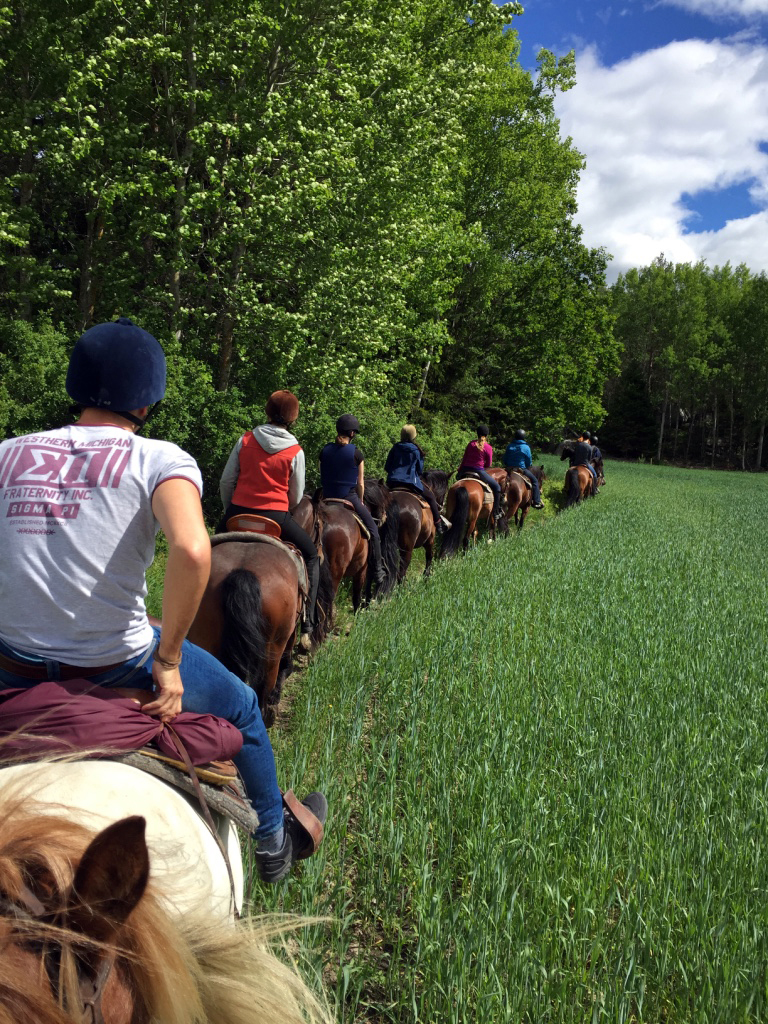
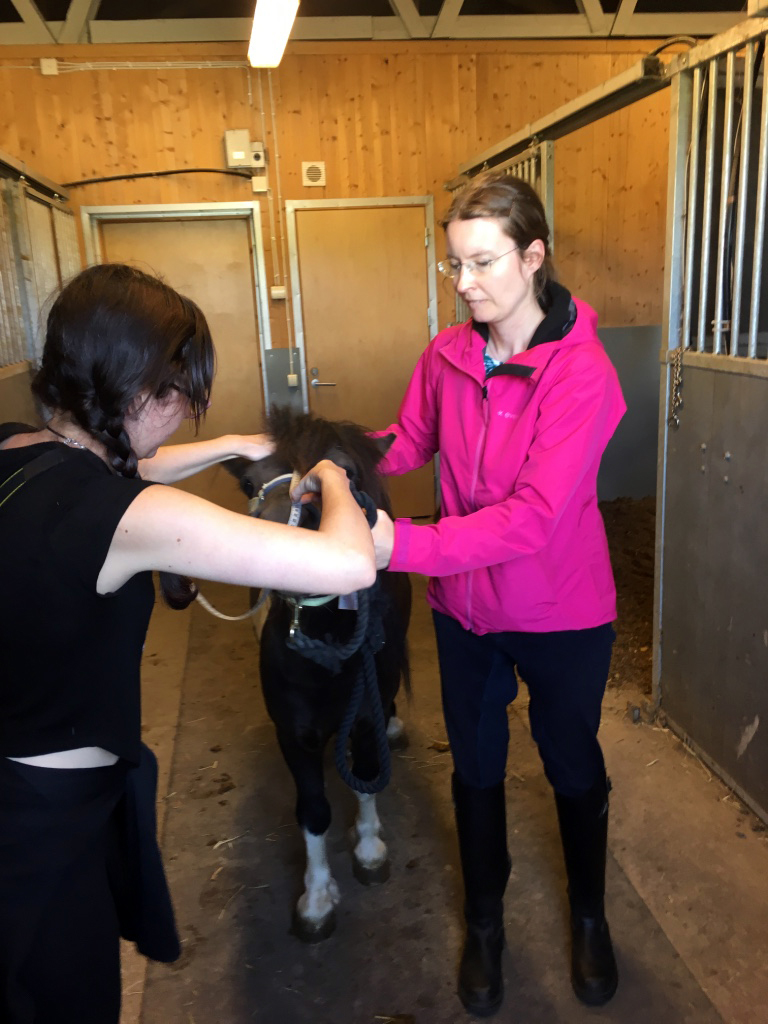
We evaluated the protocol for mane and tail measurements. A little Shetland pony acted as a test horse.
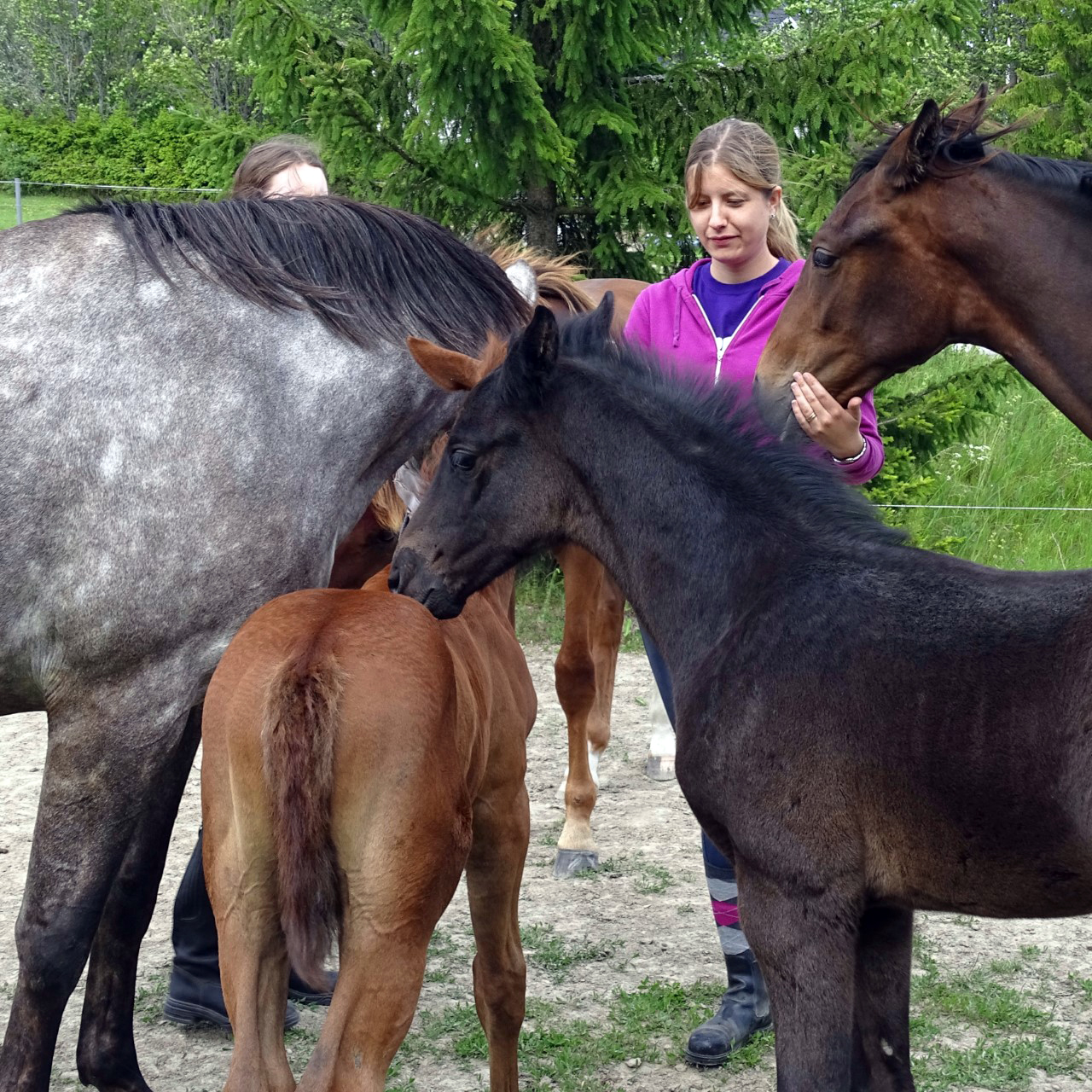
Many want to participate in the project….
March 22-25, 2017
Kick-off meeting for the project at Estación Biológica de Doñana (CSIC) Sevilla in Spain
